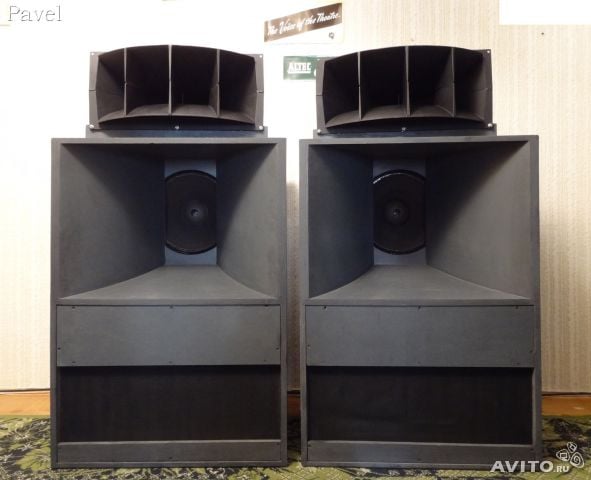Al ears said:Vladimir said:Blacksabbath25 said:What do you reckon to Arcam alpha 10 amplifier
I'd toss it in the trash on looks alone.
It would certainly split opinions in the looks department wouldn't it? But is it a Classic, I don't know, never heard one.
The so called Classics are the ones to go for and resurrect I feel, both for sound quality and long term economic considerations.
The line between collecting vintage and hoarding trash is very thin, and most of the time blurred because everyone sets their own rules. It's not a hobby for logical, practical and sane men.
One thing I've learned is to aim very cheap in order to avoid dissapointment. High prices do not guarantee you that a unit is professionally maintained, serviced, repaired, stored well, not abused, not bodged or even working at all. And the more you pay for old stuff in better nick, bigger your dissapointment/disenchantment with 'vintage' will be. But if you buy cheap, you shrug off your fails and move on. Sometimes you buy broken things and it turns out they just needed a new fuse or few Servisol squirts.
Second most important thing I've learned is that people lie with a straight face or feed your inaccurate info out of ignorance/delusions. Truth is rarely presented to you when hunting for vintage stuff. If you think hifi salesmen and marketing departments lie, wait till you hit the local ads. You need skepticism and research to survive. Nostalgia and romanticizing things kills the wallet.



